A UK technical dive-team believes it has located the wreck of one of six LCTs (Landing Craft, Tanks), lost some 50 miles off north Cornwall in a forgotten World War Two tragedy.
Also read: Valhalla divers identify WW1 U-boat at 104m
The Gasperados dive team were on an expedition to search for another shipwreck from the Newquay boat Atlantic Diver but, when they dived an unidentified site at a depth of almost 100m, they found what resembled a large amphibious assault ship.
Much of the wreck had collapsed, but a structure visible at one end was thought to have been a ramp, while other construction details indicated that it was a WW2 military craft.
The team captured images and video of the wreck and sought the advice of Dr Harry Bennett, associate professor of history at Plymouth University. He suggested that it could be one of the Royal Navy’s 9th LCT Flotilla vessels, which were being towed to the Far East via the Mediterranean in October, 1944.
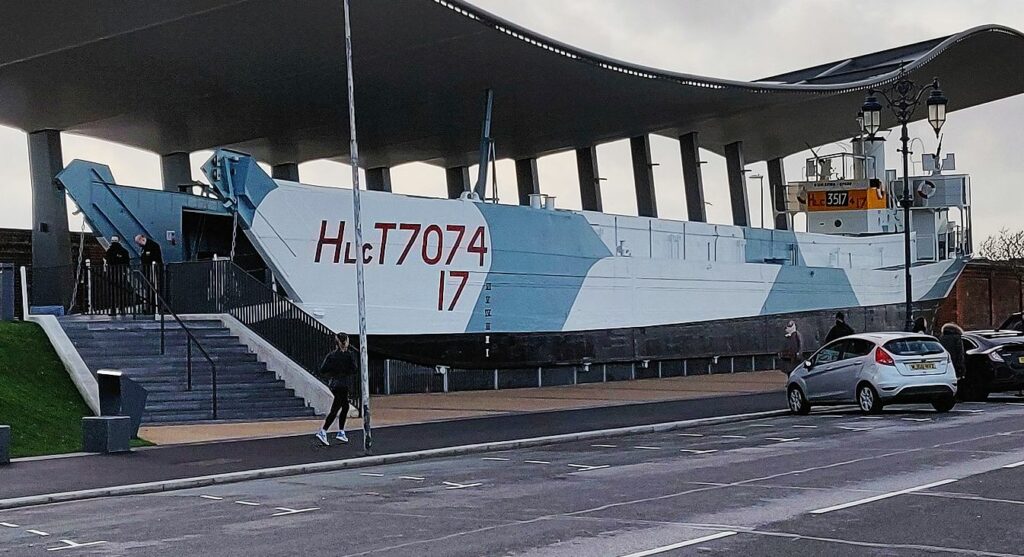
After playing a vital part in D-Day earlier that year the LCTs were no longer required in the European theatre of war, and had been dispatched east in anticipation of a likely invasion of Japan.
The convoy of 35 vessels had gathered from Glasgow, Belfast, Liverpool and Milford Haven and the tank-carriers were to be towed to Gibraltar by merchant ships, before proceeding under their own power on further sections of the journey.
Overwhelmed by the storm
The Atlantic weather had deteriorated by 18/19 October. Amid force 9 winds the convoy scattered and six of the nine LCTs, which had not been designed to cope with such heavy conditions, were overwhelmed. Some of the merchant ships got into difficulties too, and more than 50 men lost their lives, though mostly from the LCTs.
“The tragic story of the lost convoy of LCTs which this wreck brings to the fore is a brutal reminder that in the midst of war our mariners still had to contend with the old foes of unrelenting storms and the cruel sea to sometimes deadly effect,” commented Dr Bennett.
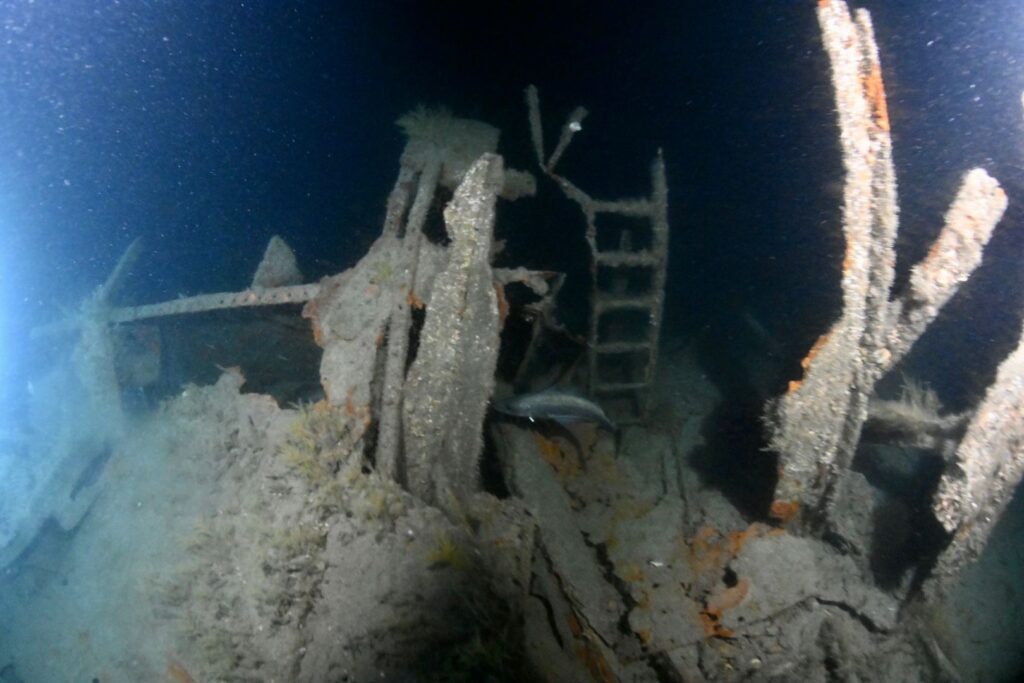
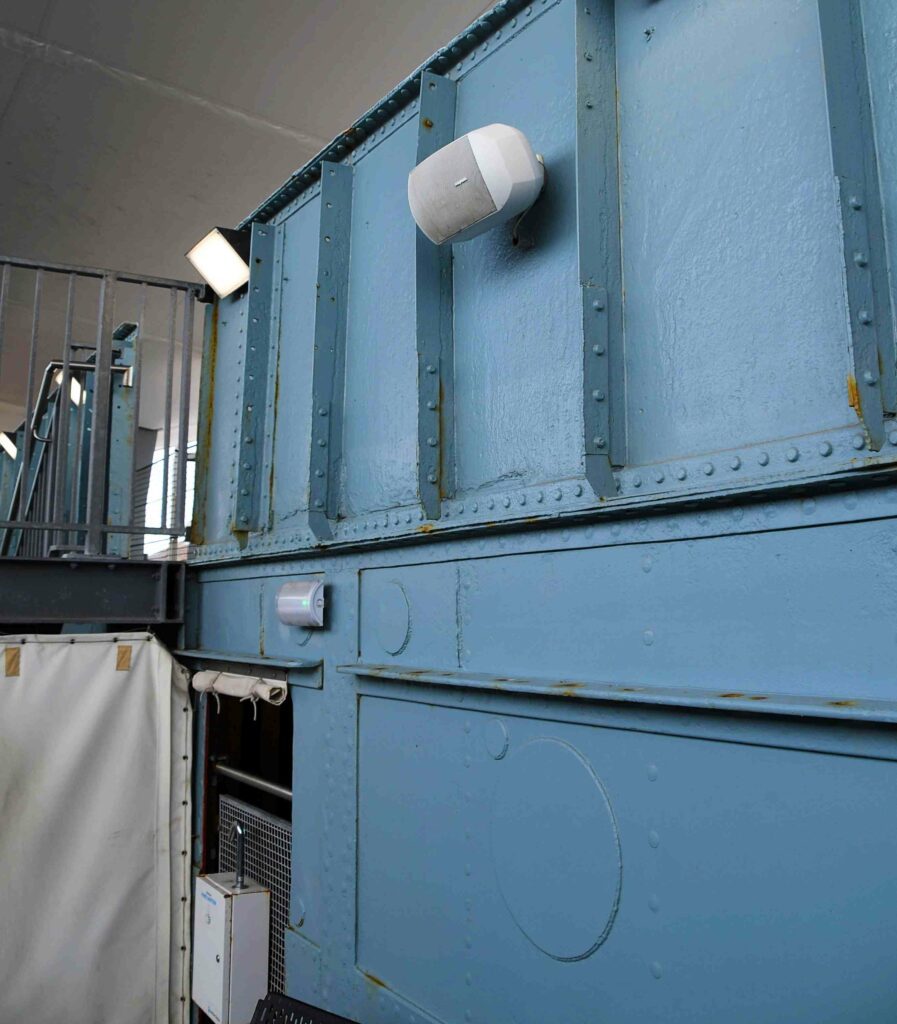
Sub-Lt KW Steele from LCT 488 recorded attempts to bail out the vessel using failing pumps, and the rescue attempts by escort corvette HMS Knaresborough Castle.
“Knaresborough Castle did everything possible to save crew but the weather was far too heavy,” he reported. “I was eventually picked up at 0805 after having been in the water for 3 hours.”
Most of the LCTs that sank were lost well west of Land’s End, but the official sinking position for LCT 488 was around 100 miles further east, because it had managed to run in front of the storm back towards Milford Haven for several hours before eventually succumbing.
The site dived by the Gasperados was around 45 miles north-east of that official sinking position, but this is not considered inconsistent with a relatively lightweight abandoned craft drifting with the wind and waves.
“As divers, we never take for granted that we might discover the final resting places of sailors who died fighting for our country,” said Steve Mortimer from the dive-team. “We are privileged to suggest that we may have found the remains of LCT 488 or, if not that ship, then a similar craft from the Second World War.”
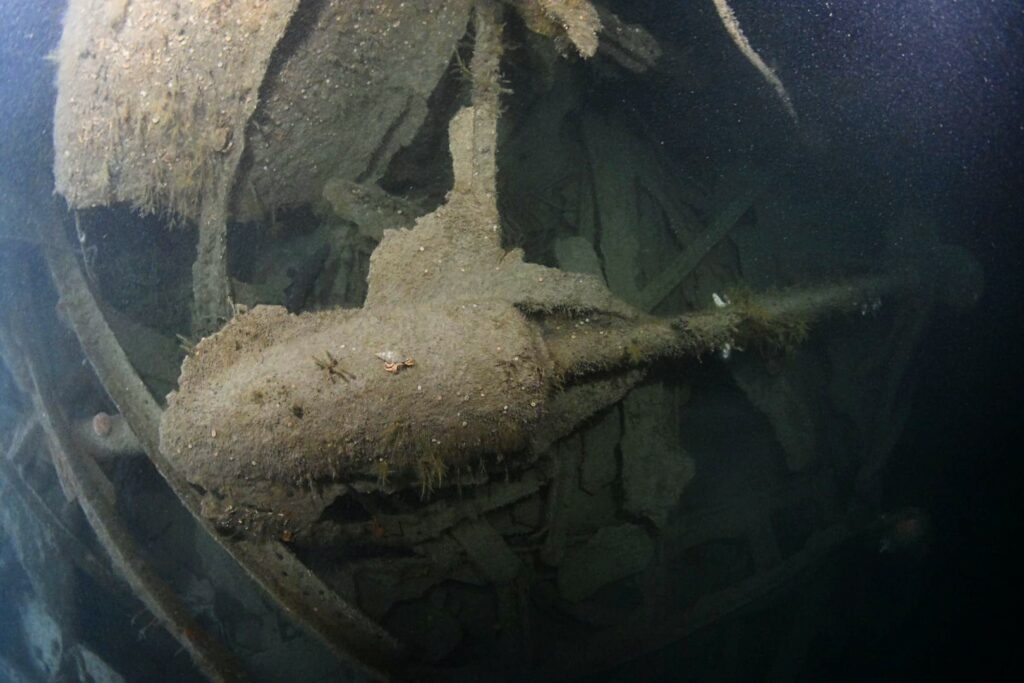
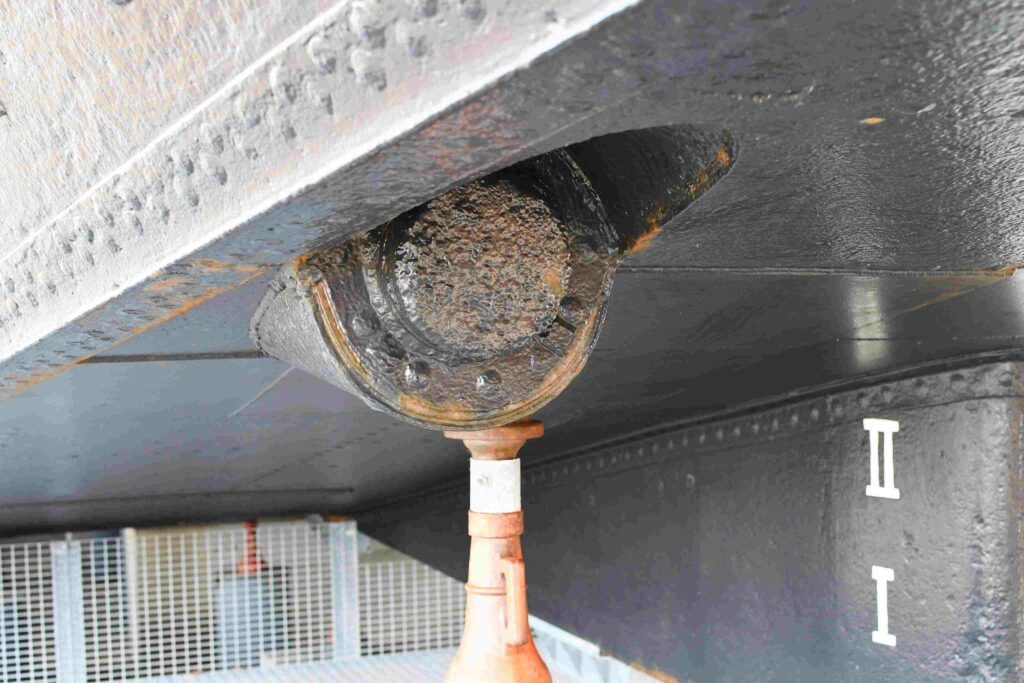
The Gasperados are a volunteer dive group and say that each member brings different skills to exploratory diving expeditions that they fund themselves. Several of its divers are affiliated to the British Sub-Aqua Club but those suitably qualified and experienced from all training agencies are welcome to apply.
The full tale of the LCT discovery is set to be told at the Guz.tech diving conference at Plymouth University on 25 November. The new technical-diving event was announced on Divernet earlier this month.
Also on Divernet: ‘Argonauts’ dive long-lost HMS Jason at 93m, D-Day attractions protected 75 years on, Archaeological discovery of WWII LCT 326 alters British naval history
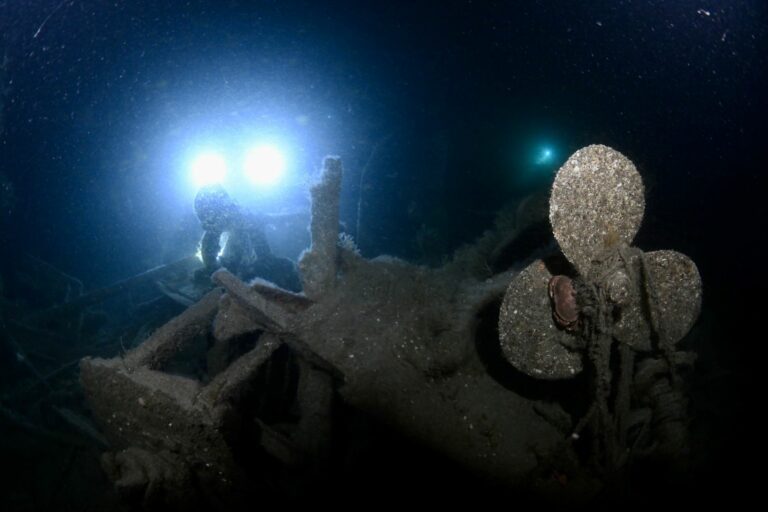

Incredible discovery. , will also mean a lot to the relatives of the lost onboard , good work .